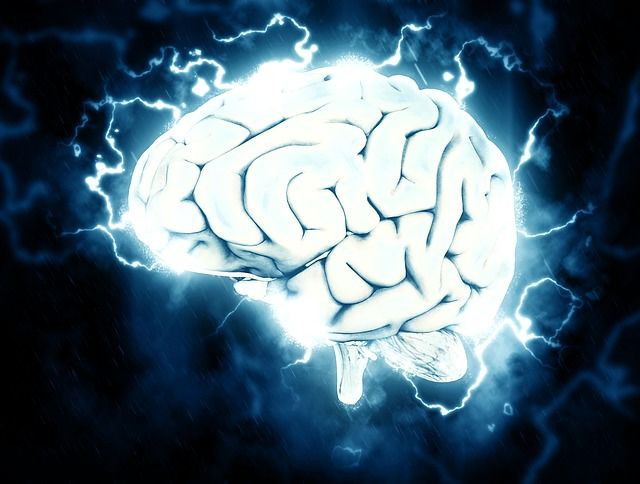First Stroke Patient Receives Deep Brain Stimulation; Operation May Restore Lost Movement

This past December, doctors at the Cleveland Clinic performed the first deep brain stimulation (DBS) operation for stroke surgery. Judy Slater, 58, had electrodes implanted in her brain in an attempt to restore functions she had lost due to stroke. If successful, the operation could drastically improve the lives of stroke patients throughout the world.
The electrodes implanted in the brain are turned on at a later point. Slater will have her electrodes turned on in March, and then undergo standard physical therapy to see if the DBS will aid in any improvements, Time reported. After about three months, doctors will turn off the stimulation to see if the effects remain.
Read: Brain Stimulation And You: How Does It Work
How Does It Work?
DBS surgery involves placing a thin metal electrode into the brain targets and attaching it to a computerized pulse generator, which is implanted under the skin in the chest below the collarbone. A programming computer held next to the skin over the pulse generator is used to adjust the settings.
The implant works by disrupting the abnormal brain activity in patients that has occurred as a result of disease or injury. According to The University of Pittsburgh, this operation is also known as the brain “pacemaker” because both release pulses of electrical charges with the hope of restoring normal function.
For Slater, becoming the first person to undergo this operation for a stroke was scary and exciting at the same time.
“I was nervous,” said Slater, Time reported.“You don’t want anyone messing around in your brain, but I am curious to see if it’s really going to work.”
If all goes well for Slater, more stroke patients will be enrolled in a clinical trial to further test the procedure's effectiveness. In addition, doctors are also eager to test the procedure on Parkinson’s patients.
See Also:
National Geographic To Showcase Deep Brain Stimulation Procedure
New Deep Brain Stimulation Method Enhances Brain Excitability, Improves Learning



























